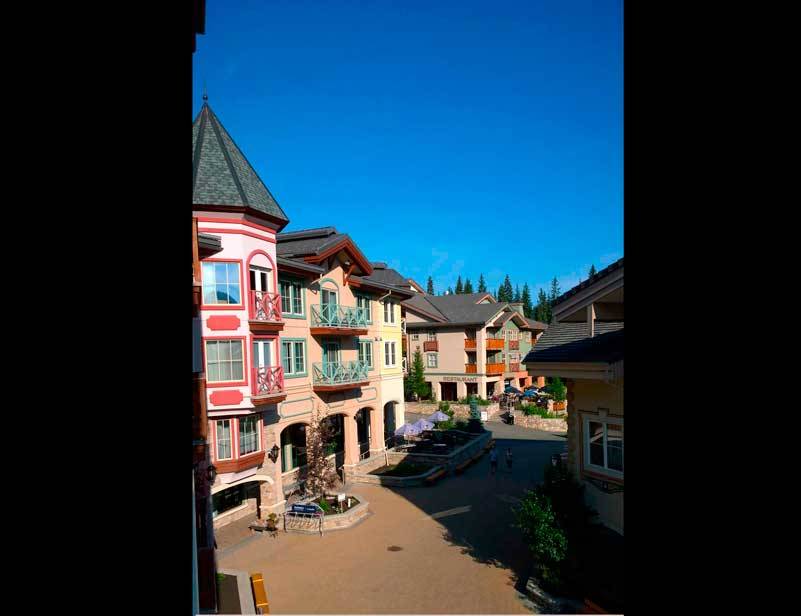By Morf Morford
Tacoma Daily Index
The idea of a home of one’s own is central to what we used to call the American Dream.
Our home, and maybe even our neighborhood, defines us perhaps more than we’d like to admit.
When I was teaching English at the college level, one of my writing prompts was “How does where you live define you?”
Most of my students did not like that questions – many even resented it and found it insulting. That made it even more interesting, or, as teachers like to say, a more “teachable moment”.
Most of my students who found the question intrusive or even offensive did not like the idea of being defined or limited by their housing situation.
I have to agree. I don’t like it either.
But whether we like it or not, and whether we agree with it or not, we are defined by, and we define others by, where we come from.
And, as with everything else, it is far more complicated than that.
More and more, we are defined by, and limited by how we pay for our homes.
Most cities and neighborhoods are literally and deliberately defined by laws, codes and building guidelines that intentionally limit and yes, define every aspect of construction, inhabitation and use.
Of course, we call it zoning.
Zoning requires and presumes criteria and intent; what is it that we want our neighborhoods to look like?
As many of us know all too well, zoning has layers of categories and sub-categories.
One of the most important, but usually avoided categories is the distinction between renting and owning.
It’s a strange distinction when you think about it.
Some neighborhoods and housing developments or projects are clearly defined as owner-occupied or as rentals. Many are not.
Many municipalities have strict guidelines emphasizing the distinction between homes that are rented and homes that are owner-occupied.
Like any historic or cultural taboo, the word “rental” is rarely used. Euphemisms, like “multi-family units” are inserted in place of the dreaded “R” word.
Most us have become accustomed to the binary choice of owning or renting. We have assumed that those were our only choices.
Not only did we assume that buying or renting were the only choices, we were largely convinced that our traditional system of housing options was not only essential, but also functional and effective.
We assumed, above all that our housing system worked.
And maybe it did.
But if the dizzying growth of real estate prices (and rental rates) and the exponential growth of homelessness tells us anything, it is that our current housing system is not even remotely working.
And it is working for fewer and fewer of us with each passing month.
Just the fact that we have near non-stop conversations about housing being affordable, should be a warning signal that we have learned to ignore.
The proverbial “canary in the coal mine” has been dead so long that we don’t even notice its silence.
How many evictions, foreclosures and homeless camps or programs will it take for us to see that our system isn’t working – and maybe never did work – for most of us?
The more I think about it, and the more I consider how I, and many others from a generation or more ago to urban dwellers of today, found (or improvised) housing now if not through all of human history, the more I see that the answer is right in front of us.
Looking at an overview of human history, one quickly realizes that we are asking the wrong question.
Renting or owning are not the only options – it turns out that renting and owning are two of many possibilities from a range of near-infinite choices.
I have friends, for example, who lived for years outside of the renter/mortgage matrix.
I have for a short time as well.
One set of friends lived in a church apartment (many churches have them) in exchange for a little bit of maintenance or on-site security.
Another set of friends lived at a year-round camp. Others were apartment building managers who lived on-site.
One of my daughter’s friends, who has lived in downtown Tacoma for several years, posted on social media how much she loved living in spaces not intended for habitation. From schools, to churches to industrial warehouses, she made each place her own.
Many international workers, especially teachers, have housing provided, as do many resorts or hotels. (If you, or someone you know, wants to pursue resort related employment that includes housing, here is a place to start: https://www.coolworks.com/resort-jobs).
On a temporary basis, you might consider a position that includes both housing and meals by working on a cruise ship – https://www.cruiseshipjob.com/personne.htm.
Cruise ships (and cruises in general) require a host of workers from cooks to teachers to gentleman hosts and, of course a multitude of administrative and maintenance positions.
You could be a live-in care-giver or nanny, or join the military. You could also work for the foreign service or join the Peace Corps.
If those are a bit too unreliable or don’t fit your life or preferences, how about a lease-hold agreement?
In London (and perhaps most of the UK) most housing is on a lease-hold system where, instead of full ownership, a lease for 99 years is “sold” to the home “owner”.
This keeps the “cost” relatively low for the buyer and keeps ultimate ownership in the hands of the lease-holder.
Another alternative solution is being marketed right now locally. Skansie Pointe (https://skansiepointe.com/) in Gig Harbor offers luxury homes purely on a rental basis at a more reasonable price-point than usual Harbor area rent or sales prices.
In short, there’s more than one or two, or even ten, ways to pay for the roof over your head.





